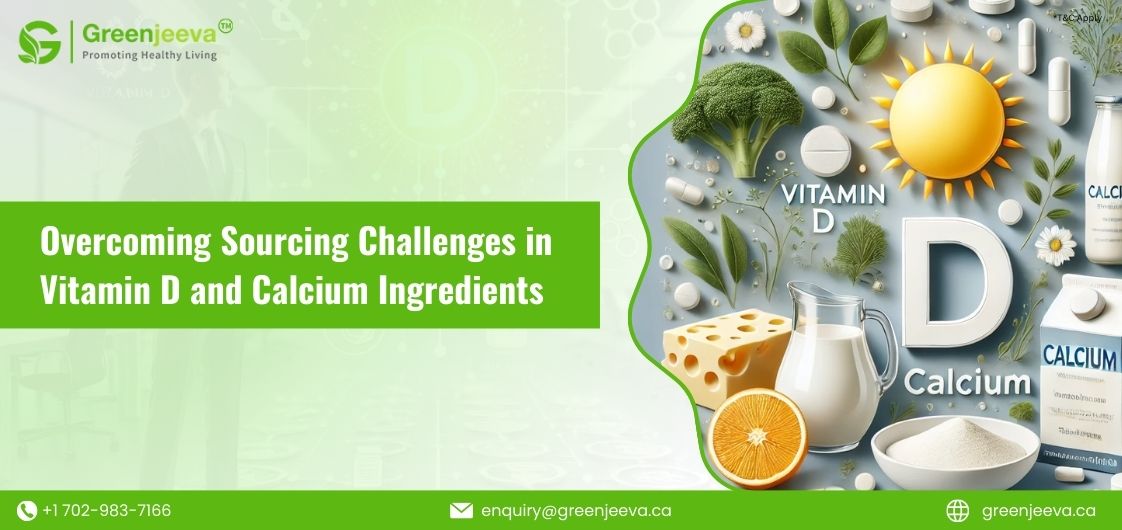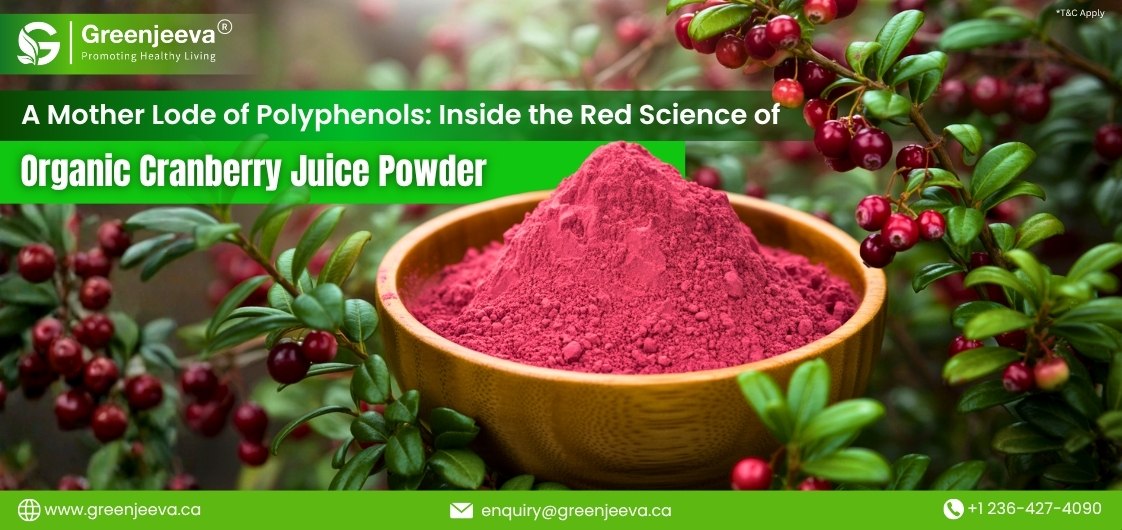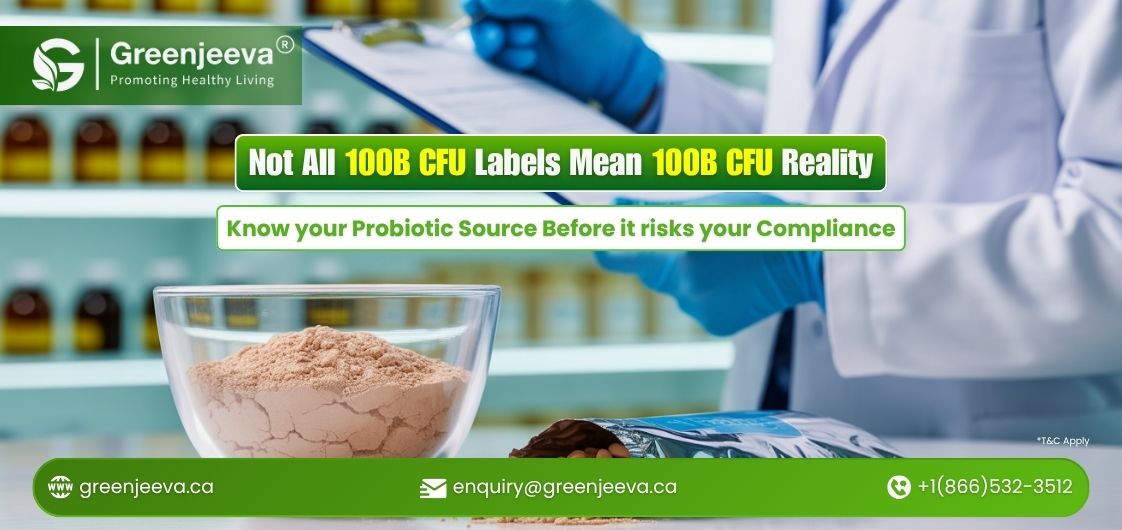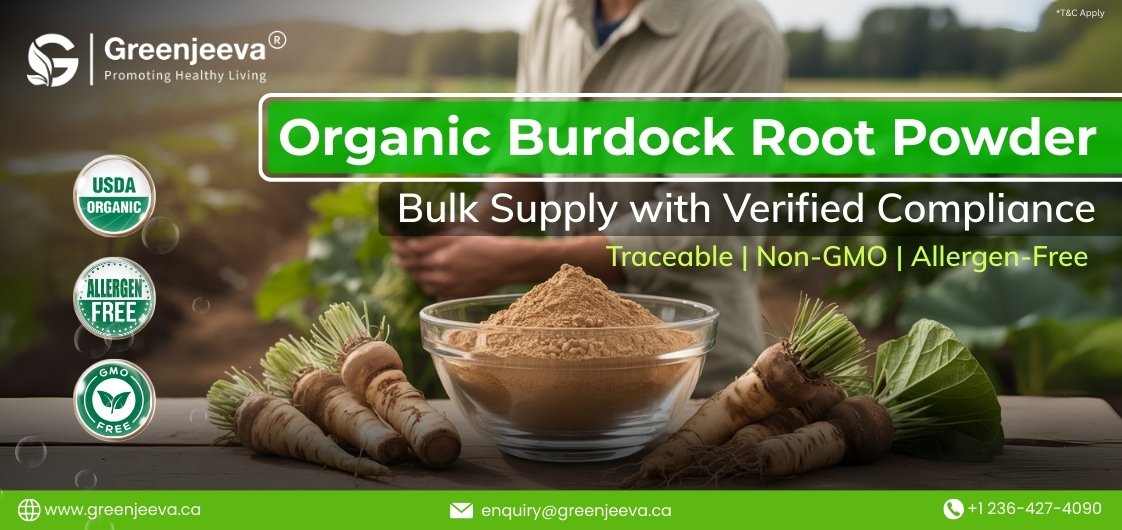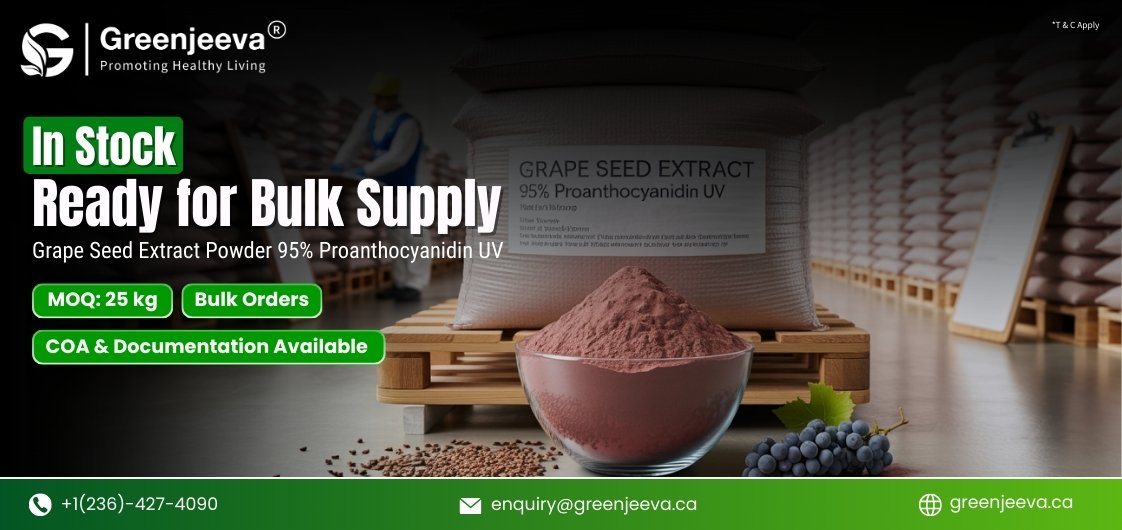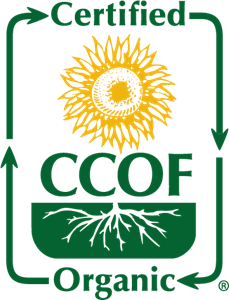The growing demand for calcium with vitamin D supplements is reshaping the landscape of the dietary supplement industry. With consumers increasingly aware of the benefits of these nutrients for bone health, manufacturers are facing a unique set of challenges in sourcing high-quality ingredients. This blog post explores common obstacles and presents actionable solutions to ensure manufacturers can meet market demands effectively.
Challenges in Sourcing Quality Vitamin D and Calcium Ingredients
1. Variability in Raw Material Quality
Manufacturers often struggle with inconsistent quality in raw materials for vitamin D and calcium. Variability can arise from different suppliers, extraction methods, and geographical sources. Low-quality ingredients can compromise the efficacy of the final product, leading to potential consumer dissatisfaction and regulatory issues.
Solution: Establishing robust supplier relationships and implementing rigorous quality assurance processes can mitigate this challenge. Regular audits and testing of raw materials can help ensure consistent quality.
2. Regulatory Compliance
The dietary supplement industry is heavily regulated, with varying standards across different regions. Manufacturers must navigate complex regulations regarding ingredient sourcing and labeling, which can be daunting and time-consuming.
Solution: Staying informed about regulatory changes and working with compliance experts can help manufacturers streamline their sourcing processes. Collaborating with suppliers who understand and adhere to regulatory requirements can also simplify compliance efforts.
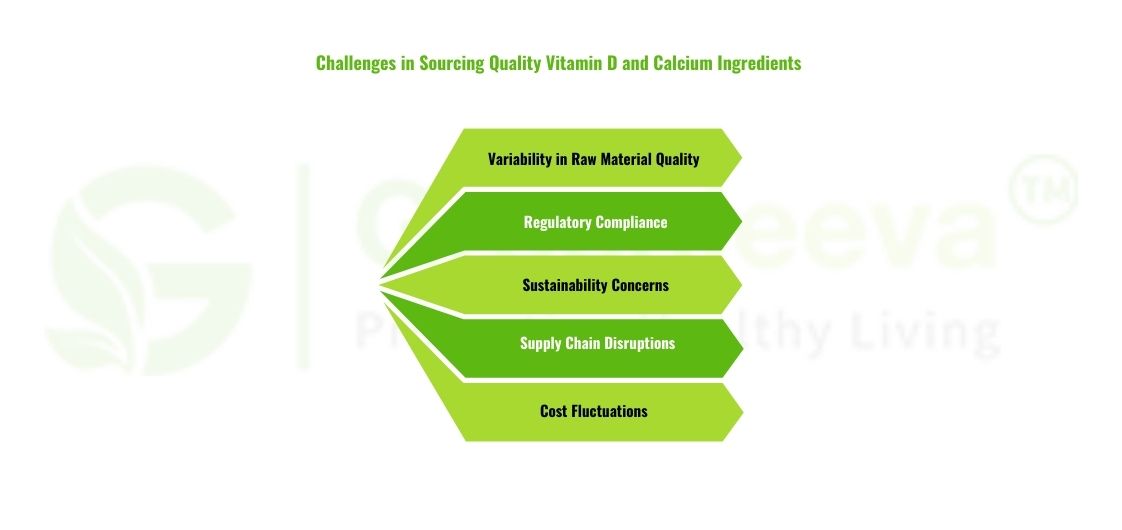
3. Sustainability Concerns
As sustainability becomes a priority for consumers, manufacturers face pressure to source ingredients responsibly. The extraction of vitamin D and calcium can have environmental impacts, raising concerns about sustainability in sourcing practices.
Solution: Prioritizing suppliers who demonstrate commitment to sustainable practices can help manufacturers align with consumer expectations. This includes sourcing from companies that utilize eco-friendly extraction methods and ensure minimal environmental impact.
4. Supply Chain Disruptions
Global events, such as the COVID-19 pandemic, have highlighted vulnerabilities in supply chains. Disruptions can lead to ingredient shortages, affecting production schedules and product availability.
Solution: Diversifying the supplier base can reduce dependency on single sources and minimize risks associated with supply chain disruptions. Manufacturers should also consider establishing contingency plans to address potential shortages.
5. Cost Fluctuations
Fluctuations in ingredient prices can impact profitability, making it challenging for manufacturers to maintain competitive pricing while ensuring product quality. This is particularly true for ingredients like vitamin D, which can be sourced from various suppliers at different price points.
Solution: Manufacturers can explore long-term contracts with suppliers to lock in prices and ensure stability. Additionally, investing in research and development can lead to the discovery of cost-effective sourcing alternatives without compromising quality.
The Path Forward: Enhancing Ingredient Sourcing Strategies
To navigate the challenges of sourcing quality vitamin D and calcium ingredients, manufacturers must adopt proactive strategies. Emphasizing supplier collaboration, regulatory compliance, sustainability, supply chain diversification, and cost management can lead to better outcomes. By focusing on these areas, manufacturers can enhance their product offerings and meet the rising demand for calcium with vitamin D supplements.
Conclusion
As the demand for calcium with vitamin D supplements continues to grow, manufacturers must address the challenges in sourcing high-quality ingredients. By implementing strategic solutions, companies can not only ensure product quality and compliance but also position themselves favorably in a competitive market. The focus on quality sourcing will ultimately drive consumer trust and lead to increased sales in the dietary supplement industry.
**The Food and Drug Administration has not evaluated these statements. This product is not intended to diagnose, treat, cure, or prevent any disease.**


